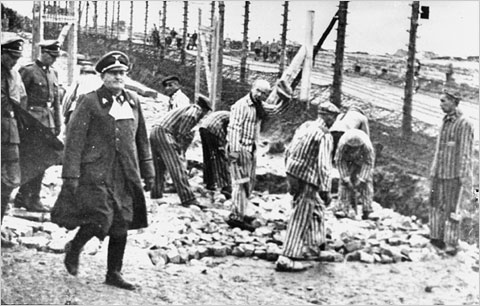Alex Constantine - August 14, 2009
By Peter Welander
www.controleng.com
August 11, 2009
Recently I started reading yet another book related to World War Two history, and this one has some connection to my work at Control Engineering. The book is Hell’s Cartel: IG Farben and the Making of Hitler’s War Machine by Darmuid Jeffreys. Like any good history, it lays out the context of the main discussion by examining the development of the chemical industry in Europe and Germany specifically during the 19th Century. The industry went through a major growth spurt with the development of aniline dyes from coal tar feedstocks. Companies such as Bayer, BASF, Hoechst, and others grew in the highly competitive markets related to coloring fabrics. The pharmaceutical industry grew right along with it when it was discovered that some of the chemicals that were intermediates or byproducts of dye manufacturing had antipyretic properties (ability to reduce fever) although these crude products had some pretty awful side effects.
One incident in particular related to these efforts strikes me perhaps as the point at which we could say the modern pharmaceutical industry was born. In 1886, Kalle and Company, a dye firm based in Biebrich, found that acetanilide had the desired therapeutic properties and somewhat lower side effect problems. The problem for the company was that it couldn’t be patented and anybody could manufacture it, so there would be no way to make a profit because Kalle could form no basis for charging a premium.
At that time, pharmacists sold medicines according to their standard chemical name, so it was a simple matter to shop around for the lowest cost supplier for any given ingredient. Kalle solved the problem by creating a brand name for the product, Antifebrine, which the company was able to register as a protected trademark. A major advertising campaign followed, and soon doctors and patients all wanted Antifebrine rather than plain old acetanilide. Kalle got rich to the dismay of its competitors.
Of course the success only lasted a few years. The invention of aspirin in commercial quantities by Bayer in 1899 blew away all these earlier products, but the connection of marketing and pharmaceuticals was forged forever.
http://www.controleng.com/blog/Pillar_to_Post_Peter_Welander_s_Blog/20827-Birth_of_the_pharmaceutical_industry.php








